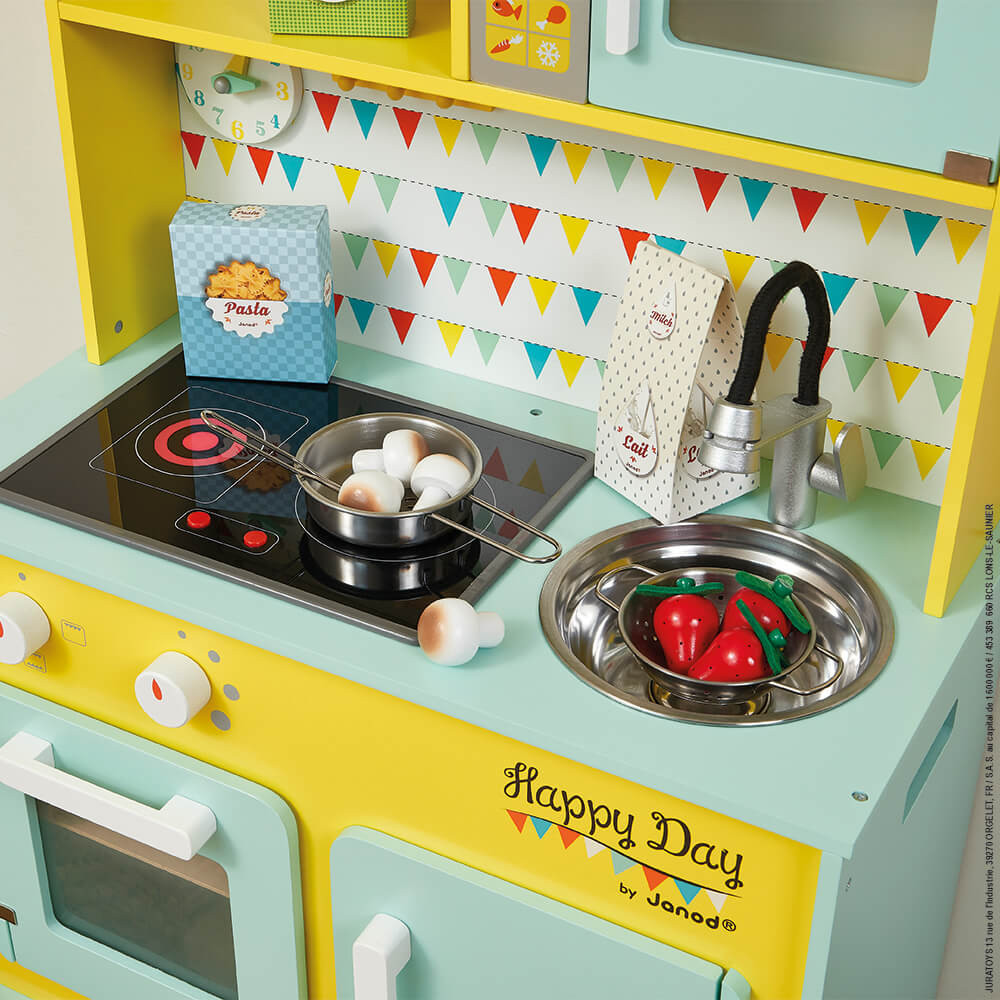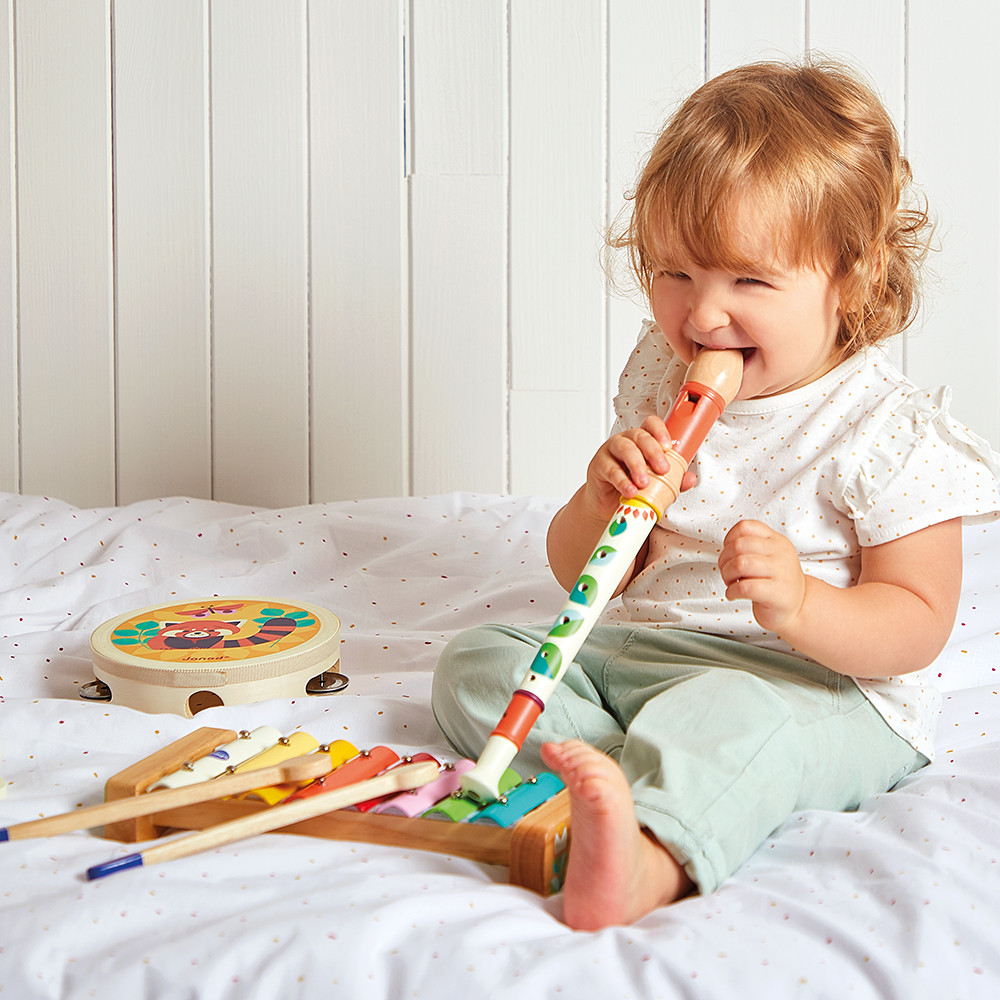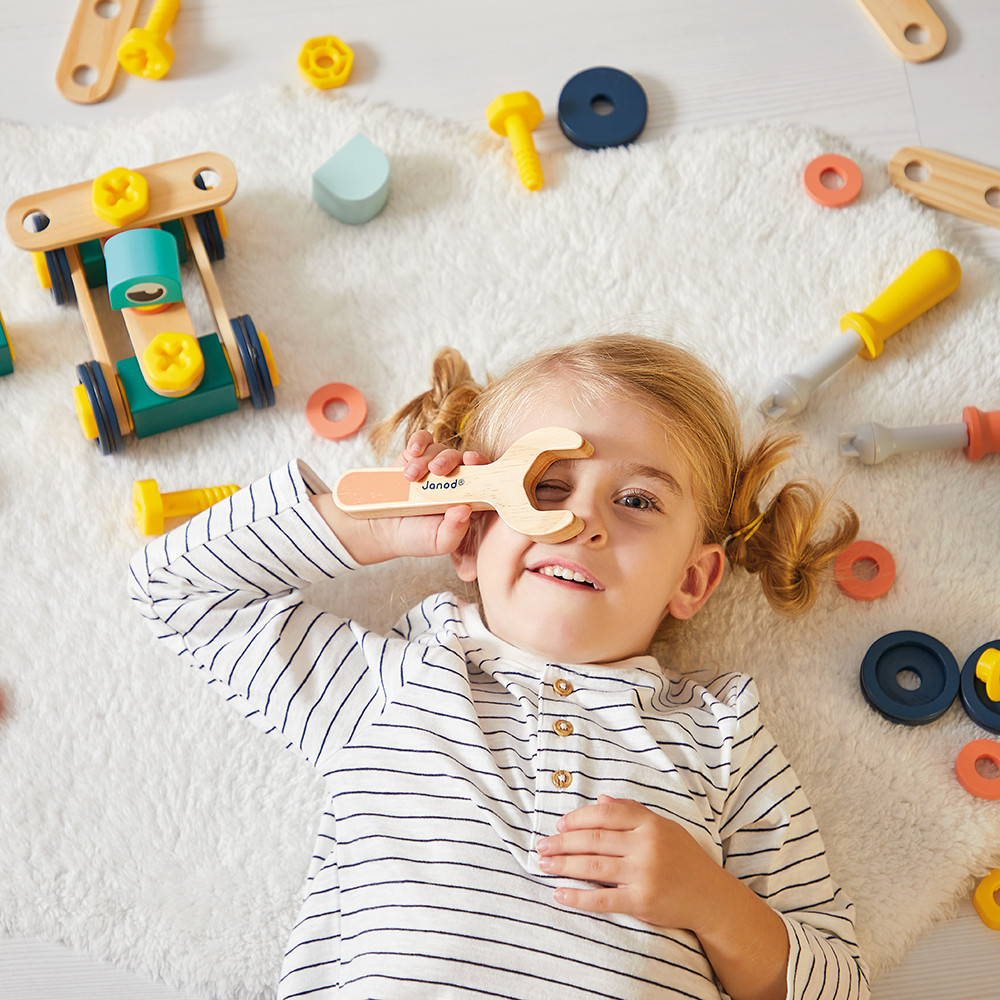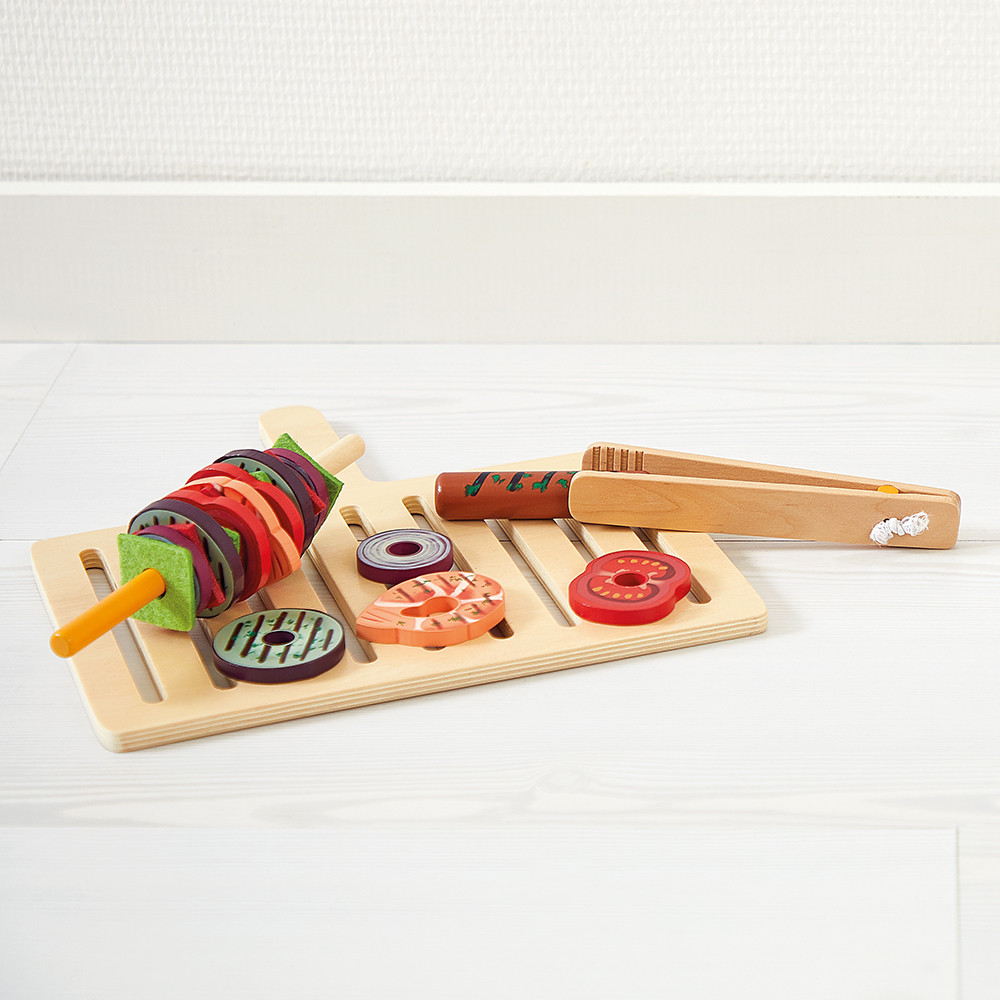From €59 purchase: -10% and 1 xylo with the code NOEL25 🎁
First order? 1 free maracas dumbbell Confetti with the code BIENVENUE-JANOD
From €150 purchase: 1 free mini xylophone with the code CONFETTI25 ✨
Free delivery for purchases over €40
Free shipping from €40 of purchase 🎁
Vous devez avoir un compte pour pouvoir utiliser cette fonctionnalité.
Connexion InscriptionYour child imitates you on a daily basis: do you wonder why he does it, and which imitation toys might be right for him? Discover our tips for choosing the right toys for children aged 3 to 7, based on the skills they need to develop and, above all... Their tastes and favorite activities!
Imitation games (also known as "symbolic games" or "pretend games") play an essential role in children's development. Through these games, they reproduce everyday gestures and situations, enabling them to understand the world around them and develop important social and cognitive skills.
Imitation toys help children to develop :
Our tip: To enrich your child's imitative play experience, you can combine different types of toys. For example, encourage your child to prepare an imaginary meal with his dinette, then serve the dishes to your family or his dolls, and play a piece of music with his musical toys while the guests enjoy themselves. This approach stimulates his creativity and lets him explore different roles at the same time.
Imitation is a natural way for children to learn and grow. From their earliest months, children begin to imitate the gestures and facial expressions of adults.
This behavior reaches maturity around the age of one, when they begin to reproduce actions they see around them. Between 19 and 24 months, imitation becomes more frequent and sophisticated: children imitate not only their parents, but also their peers. From ages 3 to 6, children more consciously reproduce gestures shown by adults.
Imitative play is a type of play in which children reproduce the actions, roles and behaviors of adults or everyday situations they observe around them. These games are crucial to children's cognitive and emotional development, enabling them to explore and understand the world around them in a playful way.
You can offer your child a variety of imitation games to stimulate imagination and develop skills, from infancy to around age 7. Here are 3 examples:



